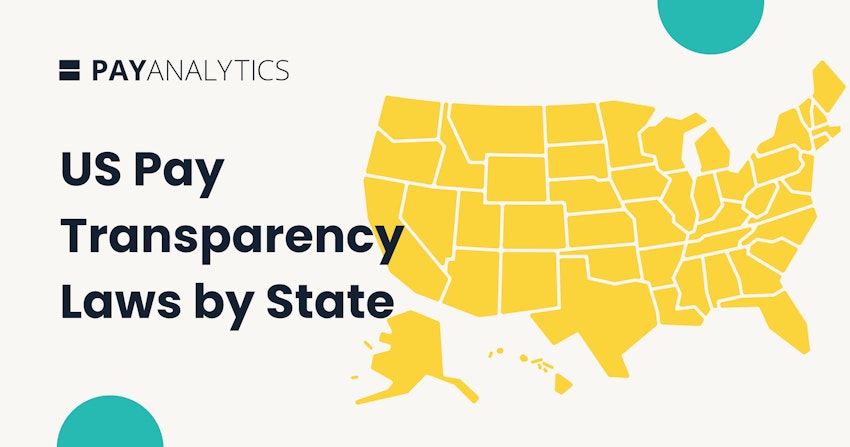What is the EU Corporate Sustainability Reporting Directive?
The Corporate Sustainability Reporting Directive (CSRD) replaces the current Non-Financial Reporting Directive (NFRD), effective since 2014, which applied exclusively to public-interest companies with more than 500 employees. The CSRD is more sweeping in nature than NFRD, and the view of sustainability in the legislation is broad and holistic. It envisions an economy that is both equitable in its resource use and supports the human community, including workers.
This means that affected companies will be required to report on environmental factors like greenhouse gas emissions, resource use, and pollution. They will also need to report on “social and human rights factors,” including equal pay and working conditions.
To whom does the EU Corporate Sustainability Directive apply?
The CSRD applies to companies with over 250 employees, over 20 million euro in balance sheet assets, or over 40 million euro in net turnover. The law also applies to large non-EU companies with subsidiaries or substantial activity in the EU, to small- and medium- sized enterprises (SMEs) listed on EU-regulated markets, and to certain financial institutions.
For the specific information that needs to be reported and how it should be reported, the law refers to a set of sustainability reporting standards. These standards are still under development and expected to be finalized in July 2023.
How does the EU CSRD apply to gender equality and pay equity reporting?
It remains to be seen exactly what the pay equity reporting requirements will be for affected companies. The language in the bill does specify that standards will be developed for “equal treatment and opportunities for all, including gender equality and equal pay for work of equal value, training and skills development, the employment and inclusion of people with disabilities, measures against violence and harassment in the workplace, and diversity.” It also states, “[s]ustainability reporting standards that address gender equality and equal pay for work of equal value should specify, amongst other things, information to be reported about the gender pay gap, taking account of other relevant Union law.” In addition, employers will need to specify “gender diversity at top management and the number of members of the under-represented sex on their boards,” and the implementation of gender diversity policies.
It is possible that the “other relevant Union law” refers to, among others, the recent EU Pay Transparency Directive. Lawmakers may perhaps decide that to some extent, the requirements already established by the pay transparency directive also meet the objectives of the CSRD.
What information has to be in an EU CSRD report, with regard to pay equity?
- Employers with more than 250 employees must report on pay practices, including their gender pay gap
- Their average gender pay gap are to be broken down by “employee category” and full-time vs. part-time workers
- Any actions taken to rectify pay differences (gender pay gap) are to be disclosed
For a complete list, please consult the EU Corporate Sustainability Reporting Directive.
What does “employee category” mean?
“Employee category” refers to categorizations of employees based on job function, level, or type of contract (full- or part-time). For the purposes of this report, an employer might break down gender pay gap data by categories such as:
- Administrative/support
- Professional/technical
- Management level
- Permanent/contracted/temporary
- Executive level
- Full-/part-time
When are companies required to begin reporting under the EU CSRD?
At the moment, large companies may want to remain on the lookout for the release of the specific standards in summer 2023. Large companies should then plan to follow the new requirements beginning in 2024, with the first reports due in early 2025. Small and medium companies (SMEs) in listed markets should plan on collecting and reporting their data for 2026.
How can PayAnalytics help?
As soon as you upload your data into PayAnalytics, you can see your unadjusted pay gap. Using PayAnalytics, you can conduct pay equity analyses to measure your adjusted pay gaps; our solution also provides suggestions, such as targeted raises for specific employees, for closing your pay gaps.
When viewing your data and results within the solution, you can filter by variables within your data sets, including job category, seniority, and others. These drill-down capabilities give you deep insights into specific groups of employees, leading to a clearer understanding of your pay structures. This enables you to align budgets with priorities and regulatory requirements. Rich visualizations further support decision-making and communications.
Our workplace equity feature gives you an overview of diversity at your organization; this is key to understanding why you may have an unadjusted pay gap to begin with. This transparency, in turn, helps you to determine where to focus your efforts.
Ultimately, PayAnalytics can equip your organization to not only meet reporting requirements through customizable and built–in templates, but it also empowers employers to make strategic implementation plans based on the hard data.
Drop us a line to get started on your pay equity journey. We're always eager to meet new people.
Informationen på denna sida är inte avsedd som juridisk rådgivning och fungerar heller inte som sådan. Hela innehållet, informationen och materialet i denna artikel är endast avsett för allmän information. Läsare bör också vara medvetna om att denna information, såväl juridisk som övrig, inte nödvändigtvis är aktuell.





